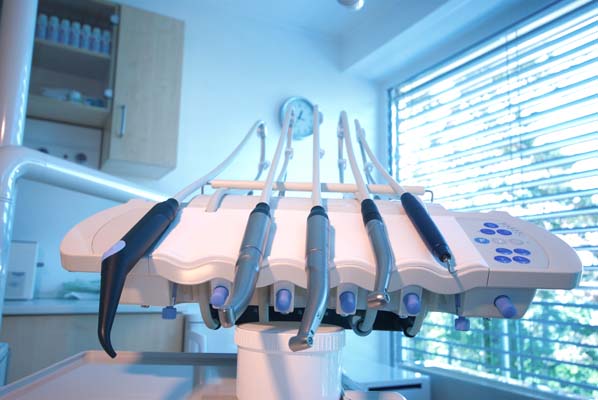What You Should Know About Bone Grafting

Oral bone grafting procedures can help restore mouth functionality, health, and appearance. These surgical procedures vary in type and extent. Continue reading to learn more about dental bone grafts, the surgical grafting process, and why someone might need oral bone grafts.
The oral bone grafting process
Surgeons perform bone grafts throughout the body. Oral bone grafting occurs in the mouth, usually in or around the teeth and jaw bone. Oral surgeons conduct bone grafts to replace missing bone or stimulate bone growth in one or more areas. Below are some additional details you should know about the surgical procedures involved, the different kinds of grafts, and the reasons for dental bone grafts.
The surgical procedure
First, an oral surgeon conducts a thorough exam to determine if, where, and how much grafting is necessary. These exams generally include physical inspections and X-rays. Next, an oral surgeon determines which type of graft is appropriate for the situation. Finally, the surgical procedure takes place.
After appropriately numbing the patient, the surgeon makes any required incisions, places the outside bone material into or onto the existing bone in the mouth, and sufficiently attaches or seals it there so that it remains in place. Sometimes an extra covering is added during the healing process as well. Your surgeon may also prescribe pain killers or antibiotics. Make sure you carefully follow all recovery instructions and maintain good contact with your surgeon while you heal.
Types of dental bone grafts
There are many kinds of dental bone grafts. Below are some of the most common.
- Autografts that use the patient's own bone tissue from other locations on the body
- Allografts that use human bone tissue obtained from another individual
- Artificial grafts created out of ceramics, glass, or other man-made materials
- Alloplasts that use the naturally occurring bone mineral called hydroxyapatite
- Xenografts that use animal bone tissue
Each type of graft goes through a rigorous testing and decontamination cycle before being placed in a person's mouth to minimize the risk of contrary immune system responses and infection.
Reasons for tooth and jaw bone grafting
Several dental conditions may require or benefit from bone grafts. One of the most common uses for oral surgical bone grafts is placing dental implants. Implants require a substantial foundation to function correctly. Bone grafts can create this necessary foundation by filling in and creating sufficient bone for attachment or by infusing the bone already there with bone minerals and tissues that prompt further natural bone growth.
Later stages of periodontal disease often destroy or erode bone. Bone grafts might be used to help heal and fix structural issues caused by gum disease once the infection has been cleared. Occasionally, surgeons also conduct bone grafting operations to correct trauma or other bone loss issues, particularly those surrounding the jaw bone.
Conclusion
Bone grafts can heal, provide much-needed support, and help improve the look and feel of your mouth. The oral surgery process is also minimal, safe, and effective when compared to other possibilities and procedures.
We want to help restore your mouth to its full oral potential. Consult one of our oral surgeons about bone grafting today.
Check out what others are saying about our services on Yelp: Read our Yelp reviews.
Recent Posts
The jawbone is the part of the face that holds many essential elements together, such as the teeth, ligaments, and muscles; however, bone grafting may sometimes be necessary if the jawbone is too weak to perform these tasks. A person’s jawbone can deteriorate over time, whether due to age, genetics, poor oral health, cancer, or…
Finding lasting relief from issues such as misalignment and facial asymmetry can involve specialized procedures. Fortunately, corrective jaw surgery is a reliable option for addressing these concerns. A dental specialist realigns the upper or lower jaw during this process to promote better function and comfort. Although the procedure can benefit health and appearance significantly, a…
Many individuals seek rhinoplasty to enhance facial harmony, improve nasal function, or correct structural abnormalities. As a surgical procedure that reshapes the nose, rhinoplasty can address aesthetic concerns as well as breathing difficulties caused by structural defects such as a deviated septum. Understanding the consultation process, surgical techniques, and what to expect from the recovery…
The facelift is one of the oldest and most well-known cosmetic surgeries for restoring a youthful appearance to the face. If you are considering this procedure, it is important to understand the steps of the process and the time commitment involved. The specifics of the process can vary depending on the patient; however, here is…


